As a boy, sitting in the school chapel, I often looked across the pews to the two war memorials on the chapel walls. They seemed to contain so many names. In fact, there are nearly 250 names there of OEs who lost their lives in both wars, 94 of them in the Second World War. Two of those, Arthur and Harry, died in Thailand in 1943. Though they lie far away in a foreign land, their graves and memorial stones are meticulously tended.
On a recent trip to Thailand, I visited the place where they are commemorated: the Commonwealth War Graves Commission cemetery in Kanchanaburi. If cemeteries can ever be described as beautiful, then this one certainly is. Situated in the town of Kanchanaburi, some 80 miles north-west of Bangkok, 25 miles from Burma and just a few hundred yards from the River Kwai, lies the main cemetery.
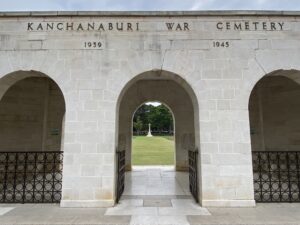
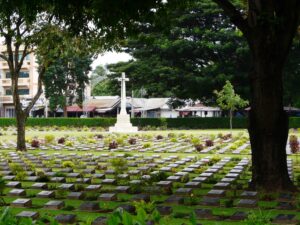
It is very likely that both Arthur and Harry were involved in the construction of the infamous Thai-Burma railway which began in October 1942 and ended in October 1943. By the end, prisoners working on the railway were calling it the “Death Railway”. Workers died at a rate of 20 men per day. As is well known, the conditions were appalling and the treatment by the guards was brutal. Many died of disease and starvation, as well as from the beatings.
At the end of the war, the bodies of the deceased, who had been buried in smaller camps constructed alongside the railway as it progressed through the jungle, were exhumed and laid to rest in this cemetery on land donated by the local population. Private Arthur Daniel Willett, who died on 8th December 1943, just two months after the completion of the railway, was originally buried in POW camp Tasao No.2 and is now buried here.
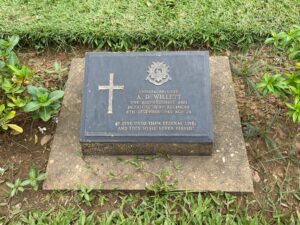
Arthur was a keen cricketer at Emanuel (playing in the 1st XII) and was a House Prefect in Nelson. He attended the school from 1925 – 1933. He was captured by the Japanese when Singapore fell in February 1942. In a letter Arthur sent to his wife, Betty, in early 1943 he wrote ‘Take care of Christopher’ the son who was born after the fall of Singapore and whom he never met. Arthur was a prisoner of war for almost two years before dying from complications caused by ulcers in December 1943.
Today the cemetery is a haven of peace: the graves are looked after lovingly and the caretakers are quick to help those looking for particular headstones.
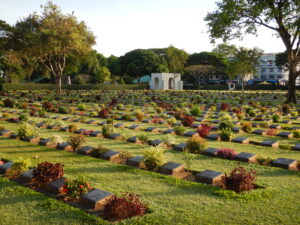

Lance Corporal Harry Jerem Waterman, who died on 4th September 1943, was cremated and is now interred in this same cemetery as Arthur. Some 300 men who died at Nieke camp were cremated and their ashes now lie in this cemetery. Although we cannot be sure, it is possible that Harry died of cholera, since cholera victims were cremated rather than buried. Harry’s ashes now lie under this commemorative headstone in the shade of a tree along with 300 others who were also cremated.
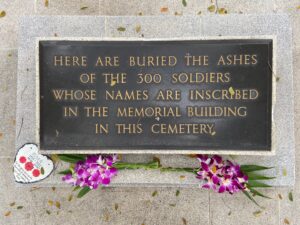
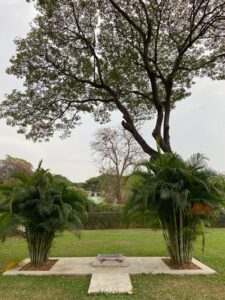
The names of these 300 men are inscribed on panels in the Shelter Pavilion on one side of the cemetery. Harry’s name is in the second column from the left.
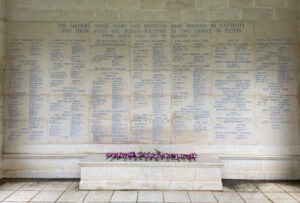
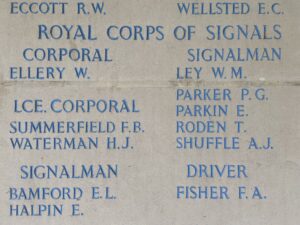
Some 7,000 Allied soldiers lie in this Kanchanaburi cemetery with another 2,000 in a cemetery outside the town where the main holding station was during the war.
Most men were involved in building the ‘Death railway’. In appalling conditions, they felled trees, constructed trestle supports, crossed rivers and split rocks with the most basic of tools, and with little food or sleep. Amazingly, the railway still functions today: you can walk on the tracks and ride on the train. Some of the old wood burning railway engines are on display.
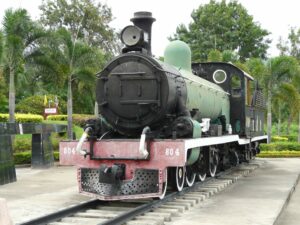
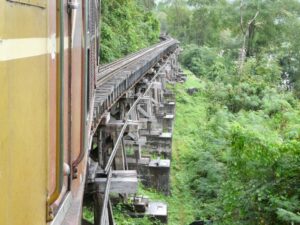
It is possible that Arthur and Harry were involved in building the infamous Bridge over the River Kwai at Kanchanaburi. First a wooden bridge was built but collapsed several times and was then rebuilt after the newer concrete and steel bridge was damaged by Allied bombing.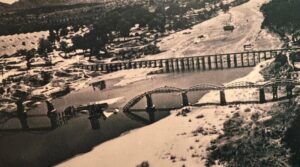
The wooden bridge can be seen here alongside the steel bridge.
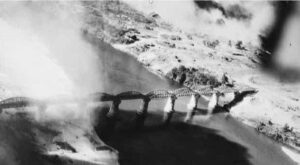
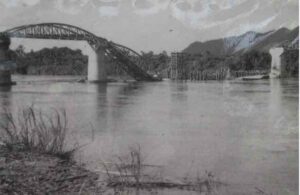
Today these two destroyed sections have been replaced with two hexagonal structures which are shown below and there is now no sign of the old wooden bridge.
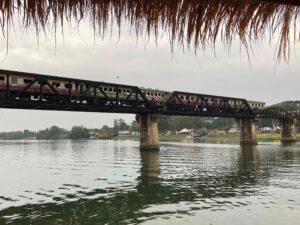
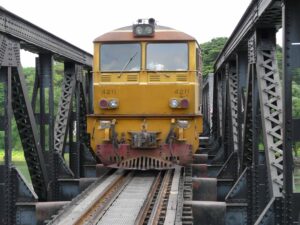
Trains cross the same bridge today, carrying children to school and foreigners who come to pay their respects to those brave men like Arthur and Harry, who lost their lives in terrible circumstances so far from home.
We will remember them.
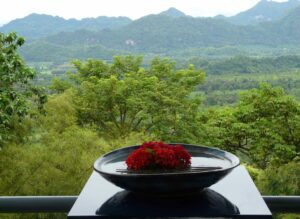
Nigel Hollington (OE1967-74)













